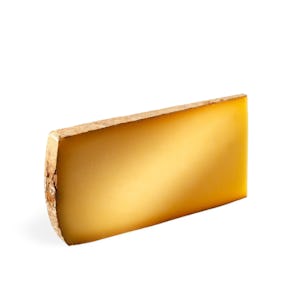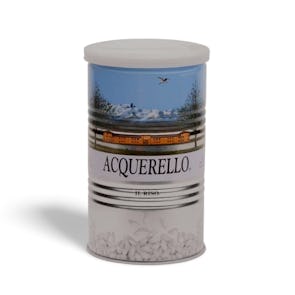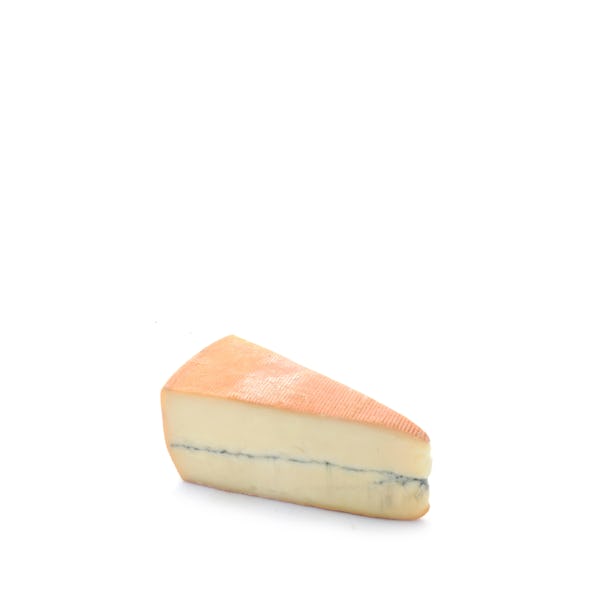
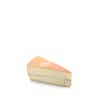
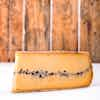
Morbier
A dash of ash
TASTING NOTES FROM THE CURATOR
Morbier is ivory-colored with a yellowish leathery rind, and a very distinct thin black layer dividing it horizontally in the middle. This alpine cheese is creamy, springy, and supple, with a fairly soft and elastic texture.
It has a very strong smell—pungent and grassy. But don’t let that deter you! Its taste is much milder and subtler than its aroma would indicate. Citrus-y, and slightly tangy, this cheese is rich and full in flavor but never overpowering. Truly, a delight.
PAIRINGS AND PREPARATION
Like many semi-soft cheeses, Morbier is brilliant on its own or as part of a cheese platter. Have a bottle of Domaine Rolly-Gassmann Gewurztraminer or a Villard Expresion Reserve Pinot Noir with this cheese!
Melty and delicious, this cheese is an excellent ingredient to elevate your dishes. Make a creamy sauce to top fresh pasta with, or use it on savory crêpes. Even better, attempt a Morbiflette!
A traditional dish, and the most popular use of Morbier, this includes melting and pouring a wedge of the cheese onto boiled potatoes, some small pickled onions and pieces of smoked bacon. Incredible!
A DASH OF ASH
Morbier was originally made for home consumption by the makers of the Comté cheese, the region’s other specialty. However, it took less time to mature than the much bigger Comté, so they took the opportunity to increase their sales by selling Morbier.
But how did it come about? The Comté cheesemakers would have leftover curd at the end of the day, but not enough to make another entire cheese. So, they would press that into a mold and spread ash (usually made of burnt grape vines) over it. This protected the alpine cheese from insects and the elements overnight. This is the layer they called “evening milk.” The next day, they would place the remaining curd leftover of that day on top to complete the cheese—the “morning milk.” This isn’t done anymore, of course, and the black line is now purely for decorative purposes to keep with tradition. Nowadays, it’s made of vegetable dye.
Storage Instructions
Cheeses (except brined ones in jars) should be stored in the crisper or the butter drawer of a refrigerator, not on the shelves themselves. This is to help regulate their temperature and humidity levels—and prevents the formation of mold. Once opened, they should not be kept in their original packaging. Soft cheeses with delicate rinds need to breathe, so they are best placed in glass containers lined with paper towels to absorb extra moisture. Leave the lid open a tiny bit for air to circulate and don’t forget to write up a label with the date you first opened the package. Your cheese will be fine for up to one month, unless otherwise stated in best before date stamped on the label.


